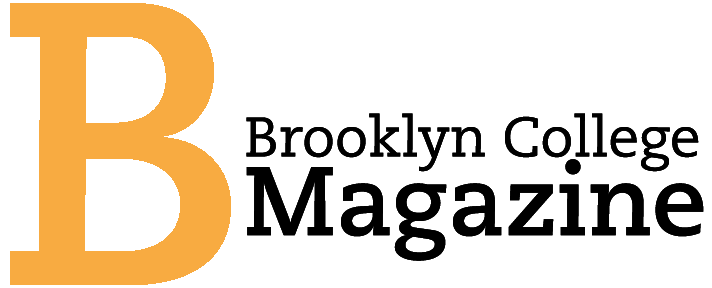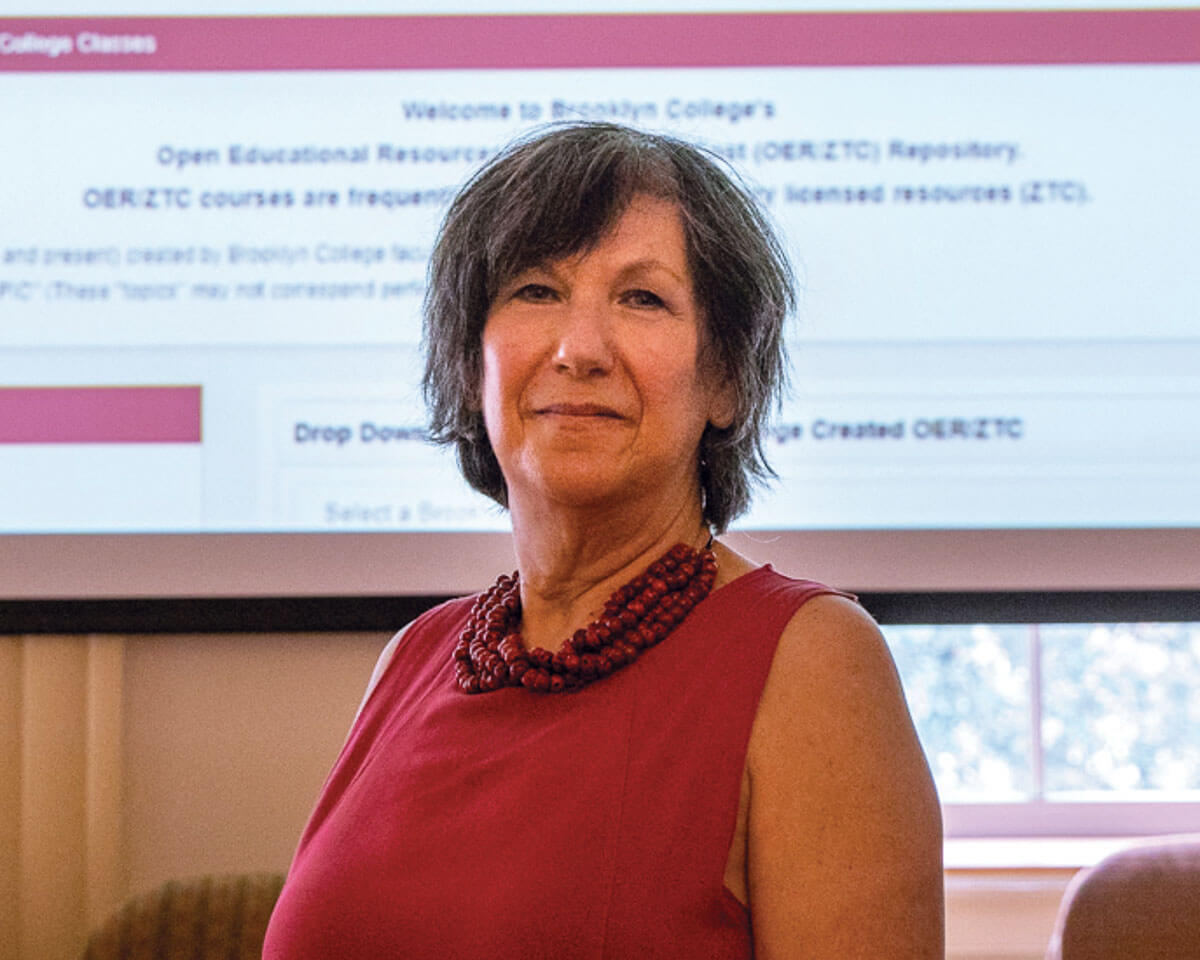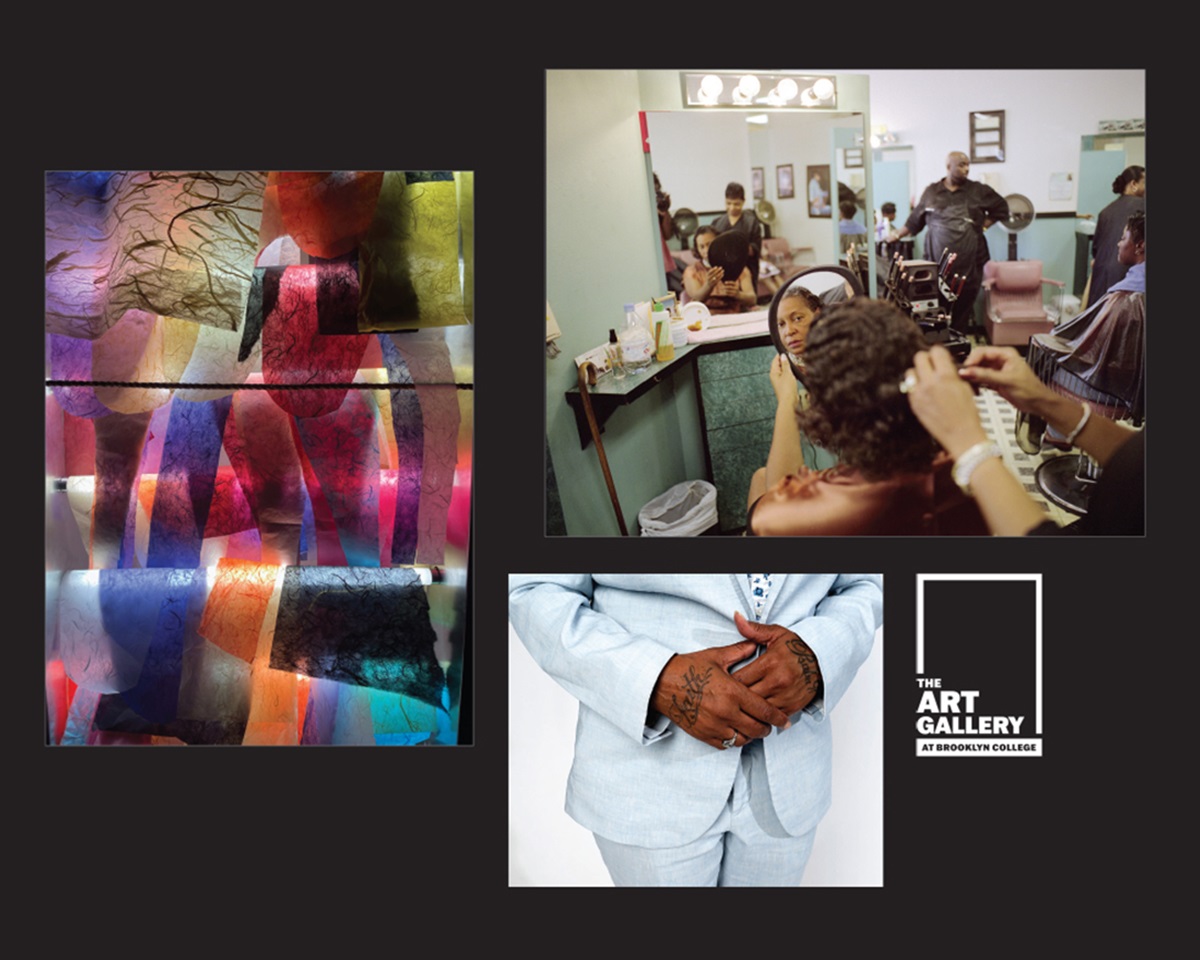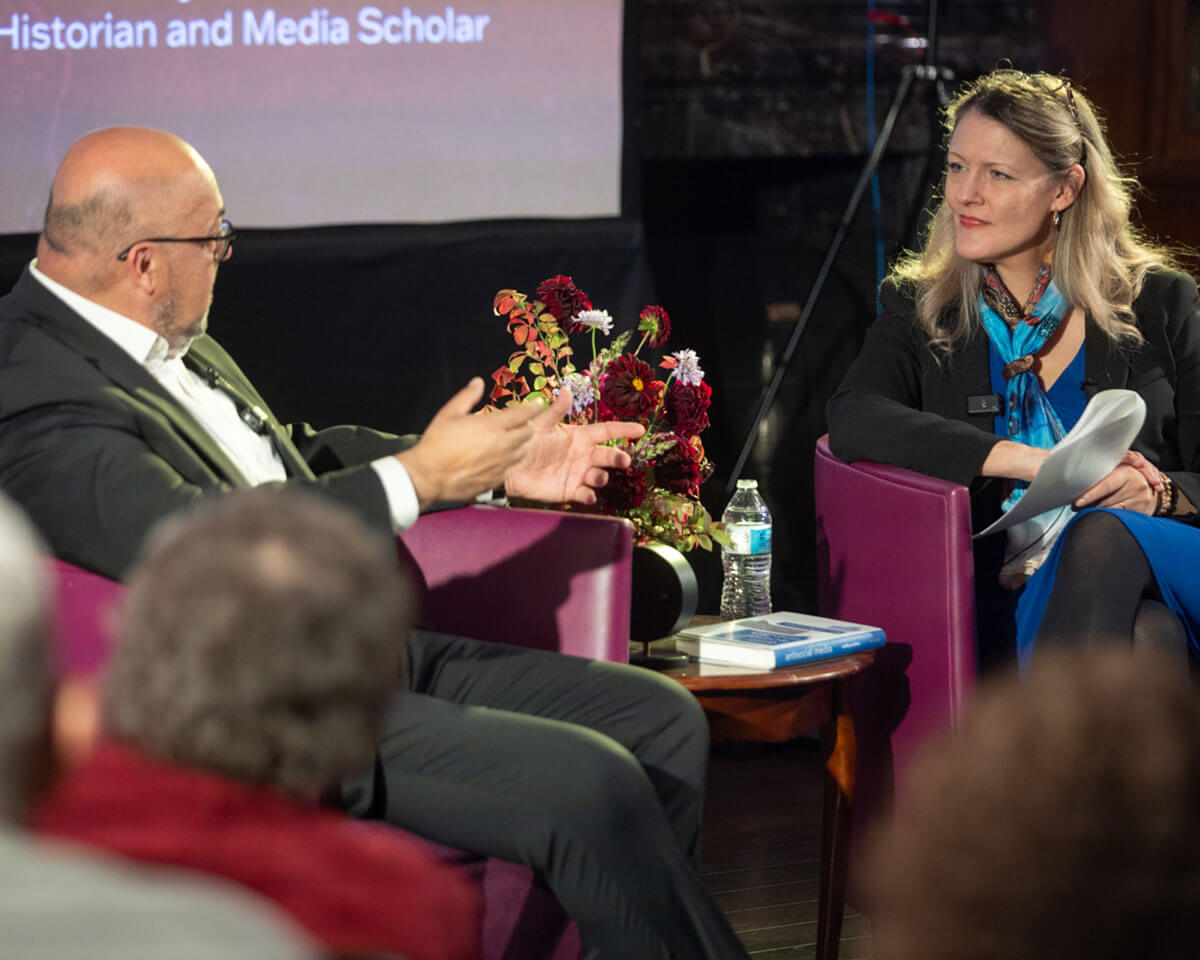Associate Librarian for Access Services Miriam Deutch was looking for ways to make scholarship more accessible and less costly to students when she heard about a national trend in higher education—open educational resources, where students pay nothing for their course textbooks. Deutch wrote grant proposals for funding, and in 2015, she and five faculty members created The Open Educational Resources (OER) initiative at Brooklyn College. Since then, it has steadily gained traction as a way for faculty to expand their pedagogy beyond traditional textbooks. Consisting of teaching, learning, and research materials with Creative Commons licenses, OER allows free access, use, and adaptation with no need for permission from the creator or the copyright or license holder.
Deutch has has gained more than $1.4 million in grant support, largely from CUNY. Today the OER program is well established, with 331 Brooklyn College courses having been converted to OER or zero textbook cost courses, and more than $4 million in savings for over 31,000 students. In addition, the initiative is not only saving students money, but enriching pedagogy by inviting students to be producers of public scholarship.
Brooklyn College Magazine: What are the advantages of open educational resources?
Miriam Deutch: There are several. I began the initiative because some students had been concerned about the cost of textbooks. What’s great about open educational resources is that it creates equity of access on day one of a course. Whereas students often have to wait for financial aid to come through to purchase their commercial textbooks, and they fall behind in their reading.
For faculty, open access makes it possible to add to their curricula more diverse, inclusive, and up-to-date material surrounding topics such as gender identity, race, and social justice issues that might not be as comprehensively covered in textbooks.
And the open educational resources initiative at the college has inspired a pedagogy where the students are involved with not just consuming information—being there and hearing what the professor has to say—but being producers of public scholarship. The Brooklyn College OER Team has partnered with the Roberta S. Matthews Center for Teaching and Learning to provide workshops on OER and related pedagogical practices.
So the students’ work becomes part of the OER?
MD: The initiative encourages faculty to have their students work on public scholarship projects that are an alternative to a research paper. For example, [Assistant Professor of Sociology] Donna Granville had her students use story maps. It’s a platform where you can create a map and add images, text, and video. It’s a research paper with multimedia. Not only does it improve their critical thinking, information literacy, and digital literacy, but the students get excited about the fact that their research is now publicly available.
Anthropology Professor Jillian Cavanaugh used mapping in her course Language Loss: Culture, Politics, and the Self. Students visited various New York City neighborhoods to map different ethnicities, cultures, and languages. One student did in-depth research about an Italian bakery [“Fortunato Brothers and the Disappearing Italian Community of Williamsburg”]. Another mapped Tagalog in Woodside, Queens. [Classics] Professor Liv Yarrow creates some of the units for her course and assigns a unit, let’s say Roman coins, to students, and then other students edit the unit and update it with new information.
Much research is still based in traditional, and often subscription-based, academic journals and papers. Is there a place for open access publishing by faculty and scholars?
MD: We are encouraging faculty to publish open access, but that’s challenging. Traditional academic journals are important to publishing faculty, but more open-access journals are starting to be viewed with similar prestige.
Is there still a place for traditional textbooks?
MD: Yes, yes. There will always be a place for books, but there is a trade-off to be able to search a book electronically and the beauty of integrating multimedia with text. Those who prefer print have the option of printing pages. Online textbooks can access a free social-annotation software, Hypothesis, that connects with your browser and creates more engagement with the text. If you want to share a newspaper article with your class, for instance, you would highlight the material you want and ask the students to respond. Each student can see every other student’s response, and it creates social engagement. You can do this with an online journal article, e-book, anything. It’s great because we know that this is how most students operate when they are on social media, so many are comfortable with social annotation in the classroom.
For more information, visit Brooklyn College Library Open Educational Resources.
Return to the BC Magazine



